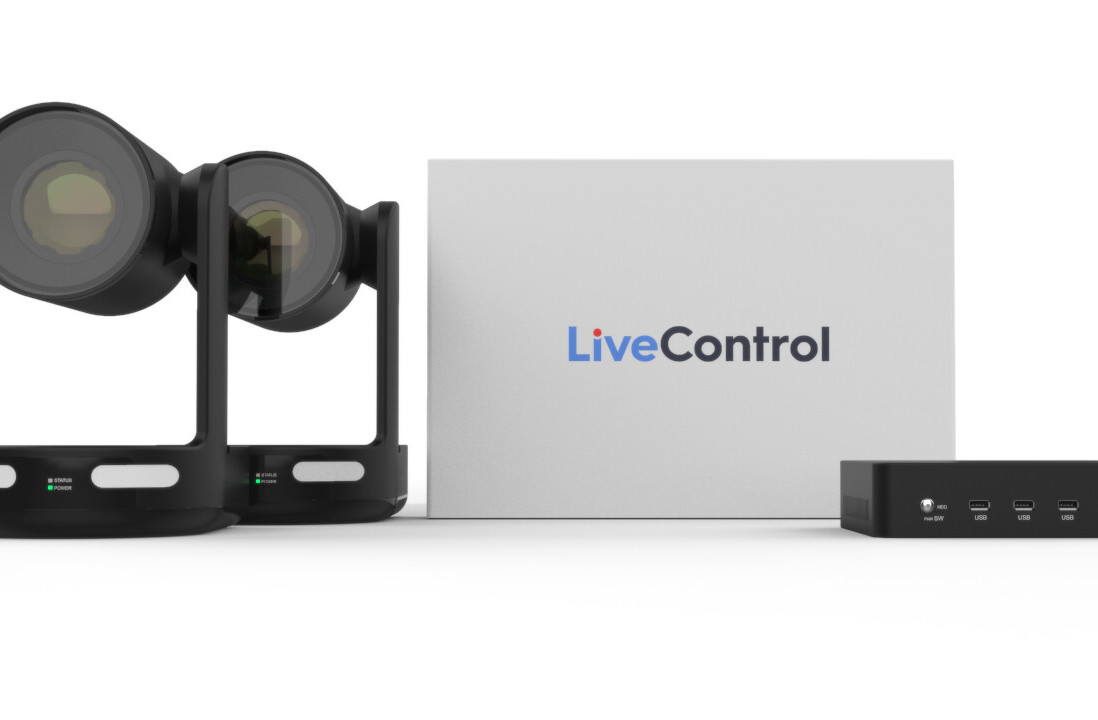
I have had the opportunity to work with numerous businesses on their analytics strategy. One of the most common questions I receive is “what are the right success metrics to measure?” If you build or market products, you’ve likely asked yourself this question as well.
The vagueness of “big data” has reached a point that many companies are simply collecting without acting. Measurement is a hot topic but could turn into a hot mess, if not done correctly.
Without understanding what the metrics that actually matter to your business and your customers, you may as well not be collecting anything at all.
At Mixpanel, my team and I put together a measurement framework to provide guidance on enabling data-informed growth with effective measurement that companies of any size can learn from.
The idea is simple. Pick one focus metric that are tied to the business goals and then pick one metric that matters for each phase of the customer journey, from acquisition to retention. Make sure to closely monitor these metrics, understand the why behind the trends and take necessary actions to improve them.
The more granular metrics that teams and individuals spend their time on, growing in specificity, are what I call Level 1 and Level 2 metrics.
Check your levels
In the case of Level 1 metrics, you’re focusing on things that complement your focus metrics – your product’s reach, the number or percentage of users that achieve the desired outcome (a transaction, for example), their engagement (EG: time on product), and retention (if they stick around).
The goal is for these metrics to inform and improve the work of your team – for example, if your focus metric was the weekly active users of a product, a good level 1 metric would be to measure the 7-day retention of a user, to make sure you’re not spending marketing on a particular thing to keep users around for only a few days.
You also will likely have a business-specific level 1 metric too. Each one of these is owned by a specific department in the company, meaning that your analytics mission should be part of your company’s lifeblood.
Level 2 metrics are both exciting and a slippery slope – too few and you’ll fail to truly understand your product, too many and you’ll have too many things to aspire to improve. These are also where your numbers begin to get far more specific to your business – such as specific retention based on operating system (iOS versus Android). You can go beyond level 2 – but I’d recommend keeping things simpler.
All of this is far easier to digest with some examples within one particular product – in this case, a subscription-based video streaming product.
In this product’s case, your focus metric would be weekly active subscribers. The long-term health of these platforms is their ability to attract the right audience and convert them to paying subscribers, as well as being able to keep them watching content. A weekly active subscriber means that they’ve watched at least one video in a 7-day period, and this metric critically measures whether a user is actually getting value out of the product.
In this case, the level 1 metrics would be the number of paid subscribers (reach), the percentage of users that become a subscriber within the first seven days of their visit (activation – or whether you’re actually growing over that period), the minutes viewed in a week divided by the platform’s weekly active subscriber number (engagement, making sure that you’re measuring whether your total number of active subscribers are actually watching a good amount of content), the 1-week retention of weekly active subscribers (retention) and the average revenue per subscriber (a business specific metric).
When you drop down to level 2, you begin to measure specific reach goals in this kind of product – the overall retention of subscribers, reactivated subscribers and new subscribers. Level 2 features engagement-specific goals – the amount of video starts divided by your weekly active subscribers (are a lot of people actually starting to watch your content?), as well as the amount of subscribers that complete a video they started divided by the number of started videos. The final level 2 metric is in content – how sticky is the content you’re serving to your users?
The key part of this framework is that, when measuring product analytics, you’re breaking down the core of how your users are actually using your product. In this case, it’s understanding not simply how many users you have and what they watch, but the depth of your viewership. While some of it seems quite complex, it really does just break down a few simple questions – are you growing your audience, and does that audience enjoy and regularly consume your content?
Don’t assume anything
The goal of these metrics aren’t to drown you in data – they’re there to help you truly understand how customers are interacting with your product. This may very well mean that there are assumptions you’ve made about user engagement that are gut feelings – I heartily encourage you to test them and see if you’re right.
The key advice I can give you is to be analytical both about the data you collect and the way you parse it – try and think of things to creatively measure, and how you can divine said measurement into an actual conclusion. In short – focus brings understanding, and that understanding then drives toward the right action to take.
Focus brings, understanding; understanding drives correct actions.
Get the TNW newsletter
Get the most important tech news in your inbox each week.




